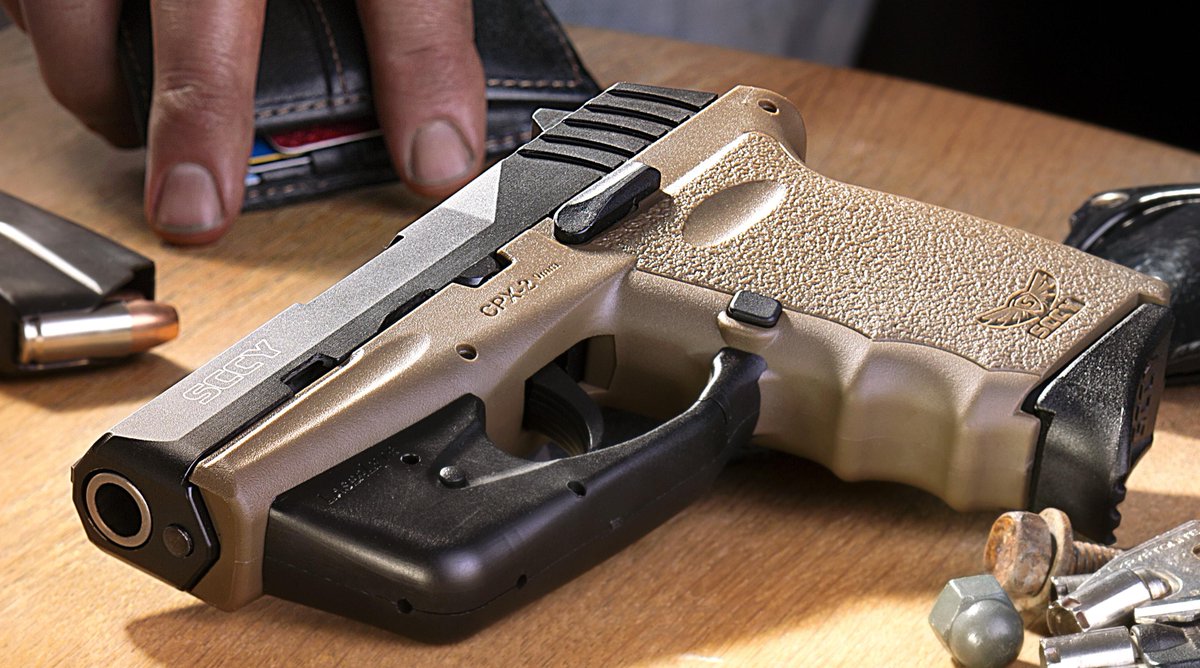The blog is dedicated to all things military. Focus will be on the technology employed to create weapons.
Friday, July 31, 2015
Thursday, July 30, 2015
Wednesday, July 29, 2015
Tuesday, July 28, 2015
CMMG 7.62x39mm Mk47 Mutant
 |
| As with a regular AR, the upper receiver goes on and comes off with the help of two captured pins in the lower receiver. |
 |
| EOTech’s Model 518 features a 68-MOA ring surrounding a 1-MOA dot for fast target acquisitions, and the Model G33.STS 3X magnifier sits on a side-flip mount. |
 |
| “The CMMG Mk47 feels like an AR that spits out AK lead, both good things in our book.“ |
 |
| The Mk47 AKM is equipped with a Magpul MOE grip and CTR carbine stock. |
 |
| After our initial outing with the Mk47, we brought it back to the lab and configured it with a few aftermarket parts. |
 |
| “The Mutant takes a leap in the right direction of where we believe AR/AK mash-ups should be headed.“ |
 |
| “In terms of visceral enjoyment, the Mk47 is a thrill to shoot and a good-looking rifle to boot.“ |
Monday, July 27, 2015
Sunday, July 26, 2015
Saturday, July 25, 2015
Friday, July 24, 2015
Thursday, July 23, 2015
Wednesday, July 22, 2015
Tuesday, July 21, 2015
Monday, July 20, 2015
Sunday, July 19, 2015
The USS Elliot was one of the 31 Spruance-class destroyers with the United States Navy.
One of her final support operations involved action in Operation Enduring Freedom. After some 30-plus years of active service, the vessel was relegated to target duty and was sunk off of the coast of Australia in joint operation exercises to which she would become an artificial reef for the local environment. A conventional naval vessel operated by up to 334 personnel, the USS Elliot set out in 1977, was later fitted with her Sea Sparrow missile capabilities, and then reported for service in 1978. Her voyages took her primarily around the Pacific Ocean serving in fleet and deployed multiple times.
Her profile was characterized by her twin main masts amidships. A helicopter pad at near-stern served the 2 x Sikorsky-type SH-60 Seahawk LAMPS III helicopters.
The USS Elliot was ordered in 1971, laid down in 1973 and launched in 1974, being officially commissioned in 1977. She was named after Lieutenant Commander Arthur Elliot II whom lost his life while serving in the United States Navy as a commander in the Patrol Boat River Squadron 57 in the Vietnam War.
 |
| Power was derived from her four General Electric GE LM2500 gas turbines feeding twin shafts at 80,000 shaft horsepower providing up to 32 knots. Armament for the type initially revolved around her 2 x 5" Mark 45 dual-purpose main guns (one forward and one aft). This would shortly be supplemented by the addition of her NATO Sea Sparrow missile launchers. Additional offensive firepower was supplied by 2 x 324mm torpedo launchers, Harpoon anti-ship missile launchers and Phalanx CIWS systems, the latter around her primary superstructure. |
Her profile was characterized by her twin main masts amidships. A helicopter pad at near-stern served the 2 x Sikorsky-type SH-60 Seahawk LAMPS III helicopters.
The USS Elliot was ordered in 1971, laid down in 1973 and launched in 1974, being officially commissioned in 1977. She was named after Lieutenant Commander Arthur Elliot II whom lost his life while serving in the United States Navy as a commander in the Patrol Boat River Squadron 57 in the Vietnam War.
Saturday, July 18, 2015
The Jeanne d Arc serves as a helicopter cruiser, fielding a variety of rotorary-wing elements.
The Jeanne d'Arc (R 97) can be classified as an "aircraft" carrier in the general sense through her design is such that she primarily serves rotary-wing aircraft (helicopters) and is therefore officially classified as a helicopter cruiser. She features no flight decks in the traditional sense but instead launches from helicopter decks at the stern. As of this writing, the vessel is in active service with the French Navy though she is slated to be decommissioned by 2011. The primary role of the Jeanne d'Arc is in the training of French Navy pilots though her air arm can be called upon (in a time of war) to take to the offensive with her various multi-role helicopter systems.
The vessel features limited self-defense capabilities when compared to a modern cruiser but is centered around her array of 6 x Exocet 38 surface-to-surface anti-ship missiles, these being held in single launchers at the forward edge of the superstructure - three launchers to a side. This is supplemented by 2 x 100mm cannons (though the vessel was originally built with 4 total guns) which are mounted to either forward side of the main superstructure. For close-in work, 4 x 12.7mm heavy caliber anti-aircraft machine guns are provided.
The Jeanne d'Arc was laid down in 1959 (as the “La Resolue”) and launched in 1961. She was officially commissioned in 1964 to which the vessel was renamed as the Jeanne d'Arc after the decommissioning of the Jeanne d'Arc, a cruiser built during the 1930's. She makes her homeport at Brest, France. She is affectionately known as "La Jeanne" and represents the third such French Navy vessel to be named after the historical (and somewhat mythical) military leader.
 |
Design of the Jeanne d'Arc features a large centrally-located superstructure dominated by a large mast with a funnel at the rear-most part of the superstructure. She features a flat bow and her stern is made up mostly of her large flight deck which can handle up to three helicopters at one time, either landing or taking off. Hangars are maintained below deck and can store up to 10 helicopters of various makes and sizes. These include French-made Puma, Super Frelon, Alouette III and Gazelle series helicopters which be made up to fulfill transport, reconnaissance or attack roles. Power for the ship is accomplished through four engines delivering some 10,000 horsepower each and is conventional in design. A crew of 777 personnel made up of sailors officers and air men can be accommodated on board. |
The vessel features limited self-defense capabilities when compared to a modern cruiser but is centered around her array of 6 x Exocet 38 surface-to-surface anti-ship missiles, these being held in single launchers at the forward edge of the superstructure - three launchers to a side. This is supplemented by 2 x 100mm cannons (though the vessel was originally built with 4 total guns) which are mounted to either forward side of the main superstructure. For close-in work, 4 x 12.7mm heavy caliber anti-aircraft machine guns are provided.
The Jeanne d'Arc was laid down in 1959 (as the “La Resolue”) and launched in 1961. She was officially commissioned in 1964 to which the vessel was renamed as the Jeanne d'Arc after the decommissioning of the Jeanne d'Arc, a cruiser built during the 1930's. She makes her homeport at Brest, France. She is affectionately known as "La Jeanne" and represents the third such French Navy vessel to be named after the historical (and somewhat mythical) military leader.
Friday, July 17, 2015
The USS America (CV-66 though initially designated as CVA-66) was a conventionally-powered aircraft carrier that served the United States Navy. Officially decommissioned in 1996.
She was of the Kitty Hawk-class of aircraft carriers which were eventually replaced by the powerful breed of nuclear-powered types in the USS Nimitz mold. The America fought on for America in her war with Vietnam, served as a deterrent in the Persian Gulf and Lebanon and took part in Operations Desert Shield and Desert Storm. All her years of service sadly culminated in her use as a target in 2005. Her name was officially struck from the Naval Vessel Register on August 9th, 1996.
As aircraft carriers go, their power is truly made known by the fleet she can put into the air and the USS America was no exception. Her deck and lower hangars could hold, maintain and repair up to 79 aircraft of various makes and sizes including F-4 Phantoms, A-6 Intruders, A-7 Corsair II’s and SP-2 Neptunes in addition to anti-submarine and transport helicopters. Supported by her flotilla of fleet defenders and resupply ships, the USS America formed an important and vital cog to United States Navy operations covering the globe.
Defensively, the USS America was served by a variety of sensors and processing systems by way of the AN/SPS-48 and AN/SPS-49 air search radars. Her electronic countermeasures suite consisted of the AN/SLQ-32 built by Raytheon Company. Additionally, these systems were augmented by three Sea Sparrow (initially Terrier missile) surface-to-air missiles. This was further supported by 3 x 20mm Phalanx CIWS (Close-In Weapon Systems) for anti-aircraft and anti-missile defense.
By 1967, on her second deployment out, the USS America was called into the Persian Gulf as tensions rose between Israel and her Arab neighbors that erupted in the inevitable Six Day War. Little in the way of action for the USS America crew was apparent until the USS Liberty was attacked by Israeli torpedo boats - apparently in "error" caused through poor communications - sending America's fighters and bombers scrambling off of her deck. 34 souls were lost with 75 injuries.
Her next major assignment saw her on post at Yankee Station in the Vietnam War. Her aircraft were used in anger to pound targets inland, disrupt infrastructure and provide combat air patrols as needed. She would be deployed to Vietnam a total of three times before the cessation of hostilities in 1973. Following the war, the USS America supported the evacuations related to the crisis in Lebanon before undertaking a variety of exercises and tests including NATO-sponsored gatherings. During the Vietnam War, USS America performed to mythical standards without the loss of any of her pilots. Her aircrews dropped over 11,000 tons of ordnance on Vietcong targets and flew over 10,500 sorties total.
The USS American did not have to wait long to see action once more, this time at US President Ronald Reagan's order for two battle groups to be sent into the Mediterranean off the coast of Libya. America's aircraft were used to their highest potential as Libyan SAM sites and aggressive Libyan Navy ships were targeted and destroyed or damaged. Grumman F-14 Tomcats, Vought A-7 Corsair II's and A-6 Intruders were used in the strikes which included the first ever use of the AGM-84 Harpoon air-to-surface missile against a Libyan vessel. Further strikes followed including support of Operation El Dorado Canyon that featured the F-111 Aardvark swing-wing fighter-bombers of the US Air Force. This attack constituted several A-6 Intruders from American as well, charged with silencing more Libyan SAM systems. With her role in the Libyan strikes completed after the arrival of USS Enterprise into the region, USS America served for a time off of Lebanon (taking part in the 1983 evacuations) once more and ultimately made her way back home.
The 1990's brought about a new challenge and a changed face of warfare. Iraqi leader Saddam Hussein had entrenched his military in positions throughout the US-friendly Gulf nation of Kuwait, effectively giving him control over a large portion of the worlds oil production. The USS America, as part of a larger contingent of world allies, was once again bound for the region and joined the USS John F. Kennedy and the USS Saratoga in the Red Sea. By January 17th, 1991, Operation Desert Storm was in full swing and America's air wing was back in action providing combat air patrols and – later - direct strikes on targets inland. Now officially reassigned to the Persian Gulf alongside the USS Theodore Roosevelt and others, America continued her support with inland strikes, this time conducted from the eastern side of Iraq. In total, USS America would go on to complete some 3,000 sorties from her decks as Iraqi elements were smashed to oblivion and forced to retreat. She later took part in Operation Southern Watch, the enforcement of the no-fly zone over southern Iraq. USS America was later called back to action as she operated in support for NATO forces inland off the Adriatic in Operation Joint Endeavor (over Bosnia).
USS America undertook her final deployment (out of a total of 20) on August 28th, 1995. Her thirty years of trusted service had finally come to an end. Decommissioning took place in middle 1996 and had her name struck from the Naval Vessel Register that same year. Sadly, she was selected for use as a target ship and sunk as such on May 14th, 2005 off of the North Carolina coast. Such was the end for the storied ship as she became the largest ship to ever be purposefully scuttled in this fashion. The event was secretive and unveiled days after the fact with the action serving useful to see how well a carrier to sustain damage from a variety of munitions including cruise missile strikes.
The USS America was ordered in 1960 and laid down in 1961. She was launched in 1964 and officially commissioned in 1965. She made her home port in Norfolk, Virginia, USA, and fights under the motto of "Don't Tread on Me". The America is known affectionately as "the Big A". At the time, USS America was the third ship in the United States Navy history named for the country.
 |
| Her design was of a traditional layout with a starboard island and the characteristic angled deck serving three catapults (one angled off port and two forward). The flight deck was serviced by four hangar elevators in total with one located on the port side and three on the starboard side, with one of these located aft of the island. The island was dominated by a communications and sensor mast with a further mast located just behind the island before the rear starboard-side hangar deck. |
As aircraft carriers go, their power is truly made known by the fleet she can put into the air and the USS America was no exception. Her deck and lower hangars could hold, maintain and repair up to 79 aircraft of various makes and sizes including F-4 Phantoms, A-6 Intruders, A-7 Corsair II’s and SP-2 Neptunes in addition to anti-submarine and transport helicopters. Supported by her flotilla of fleet defenders and resupply ships, the USS America formed an important and vital cog to United States Navy operations covering the globe.
Defensively, the USS America was served by a variety of sensors and processing systems by way of the AN/SPS-48 and AN/SPS-49 air search radars. Her electronic countermeasures suite consisted of the AN/SLQ-32 built by Raytheon Company. Additionally, these systems were augmented by three Sea Sparrow (initially Terrier missile) surface-to-air missiles. This was further supported by 3 x 20mm Phalanx CIWS (Close-In Weapon Systems) for anti-aircraft and anti-missile defense.
By 1967, on her second deployment out, the USS America was called into the Persian Gulf as tensions rose between Israel and her Arab neighbors that erupted in the inevitable Six Day War. Little in the way of action for the USS America crew was apparent until the USS Liberty was attacked by Israeli torpedo boats - apparently in "error" caused through poor communications - sending America's fighters and bombers scrambling off of her deck. 34 souls were lost with 75 injuries.
Her next major assignment saw her on post at Yankee Station in the Vietnam War. Her aircraft were used in anger to pound targets inland, disrupt infrastructure and provide combat air patrols as needed. She would be deployed to Vietnam a total of three times before the cessation of hostilities in 1973. Following the war, the USS America supported the evacuations related to the crisis in Lebanon before undertaking a variety of exercises and tests including NATO-sponsored gatherings. During the Vietnam War, USS America performed to mythical standards without the loss of any of her pilots. Her aircrews dropped over 11,000 tons of ordnance on Vietcong targets and flew over 10,500 sorties total.
The USS American did not have to wait long to see action once more, this time at US President Ronald Reagan's order for two battle groups to be sent into the Mediterranean off the coast of Libya. America's aircraft were used to their highest potential as Libyan SAM sites and aggressive Libyan Navy ships were targeted and destroyed or damaged. Grumman F-14 Tomcats, Vought A-7 Corsair II's and A-6 Intruders were used in the strikes which included the first ever use of the AGM-84 Harpoon air-to-surface missile against a Libyan vessel. Further strikes followed including support of Operation El Dorado Canyon that featured the F-111 Aardvark swing-wing fighter-bombers of the US Air Force. This attack constituted several A-6 Intruders from American as well, charged with silencing more Libyan SAM systems. With her role in the Libyan strikes completed after the arrival of USS Enterprise into the region, USS America served for a time off of Lebanon (taking part in the 1983 evacuations) once more and ultimately made her way back home.
The 1990's brought about a new challenge and a changed face of warfare. Iraqi leader Saddam Hussein had entrenched his military in positions throughout the US-friendly Gulf nation of Kuwait, effectively giving him control over a large portion of the worlds oil production. The USS America, as part of a larger contingent of world allies, was once again bound for the region and joined the USS John F. Kennedy and the USS Saratoga in the Red Sea. By January 17th, 1991, Operation Desert Storm was in full swing and America's air wing was back in action providing combat air patrols and – later - direct strikes on targets inland. Now officially reassigned to the Persian Gulf alongside the USS Theodore Roosevelt and others, America continued her support with inland strikes, this time conducted from the eastern side of Iraq. In total, USS America would go on to complete some 3,000 sorties from her decks as Iraqi elements were smashed to oblivion and forced to retreat. She later took part in Operation Southern Watch, the enforcement of the no-fly zone over southern Iraq. USS America was later called back to action as she operated in support for NATO forces inland off the Adriatic in Operation Joint Endeavor (over Bosnia).
USS America undertook her final deployment (out of a total of 20) on August 28th, 1995. Her thirty years of trusted service had finally come to an end. Decommissioning took place in middle 1996 and had her name struck from the Naval Vessel Register that same year. Sadly, she was selected for use as a target ship and sunk as such on May 14th, 2005 off of the North Carolina coast. Such was the end for the storied ship as she became the largest ship to ever be purposefully scuttled in this fashion. The event was secretive and unveiled days after the fact with the action serving useful to see how well a carrier to sustain damage from a variety of munitions including cruise missile strikes.
The USS America was ordered in 1960 and laid down in 1961. She was launched in 1964 and officially commissioned in 1965. She made her home port in Norfolk, Virginia, USA, and fights under the motto of "Don't Tread on Me". The America is known affectionately as "the Big A". At the time, USS America was the third ship in the United States Navy history named for the country.
Thursday, July 16, 2015
Subscribe to:
Comments (Atom)







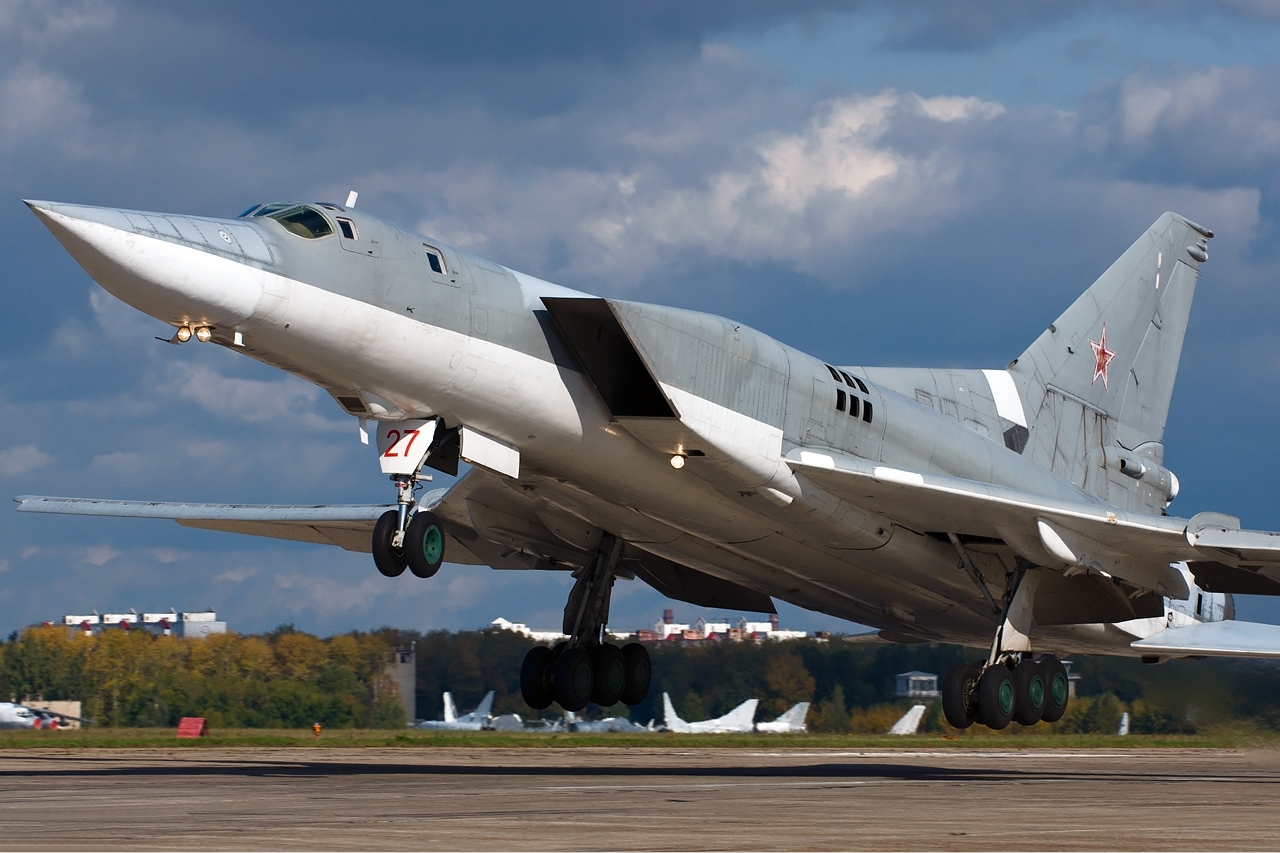


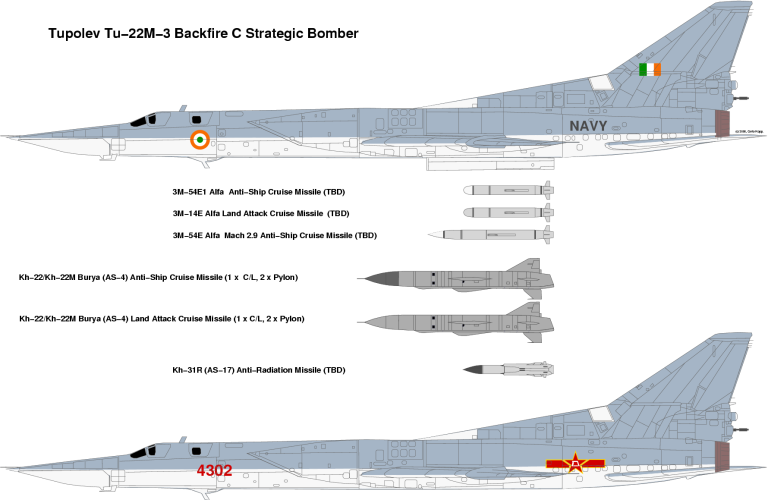
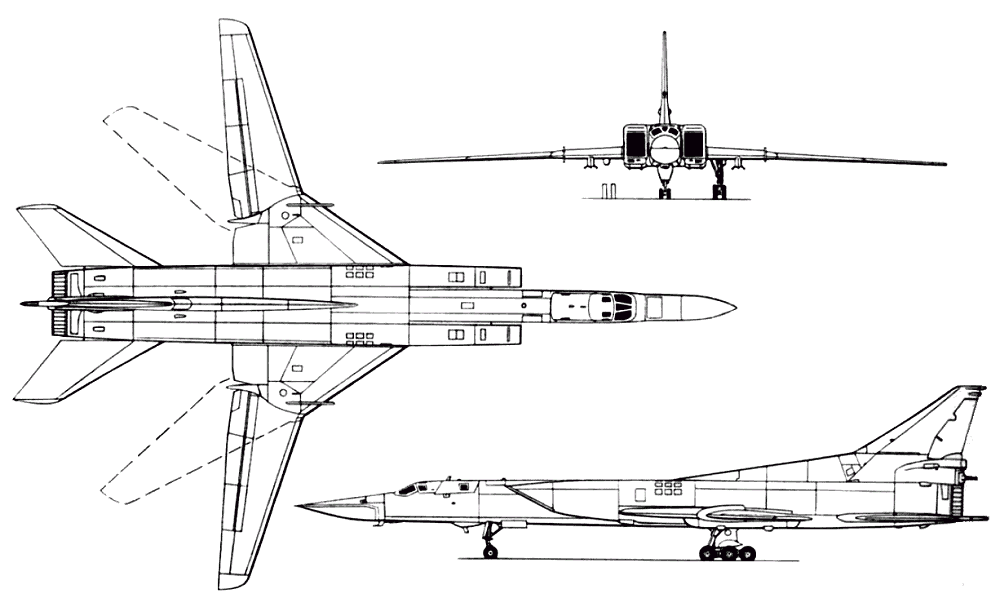

_-_March_17,_1924.jpg)




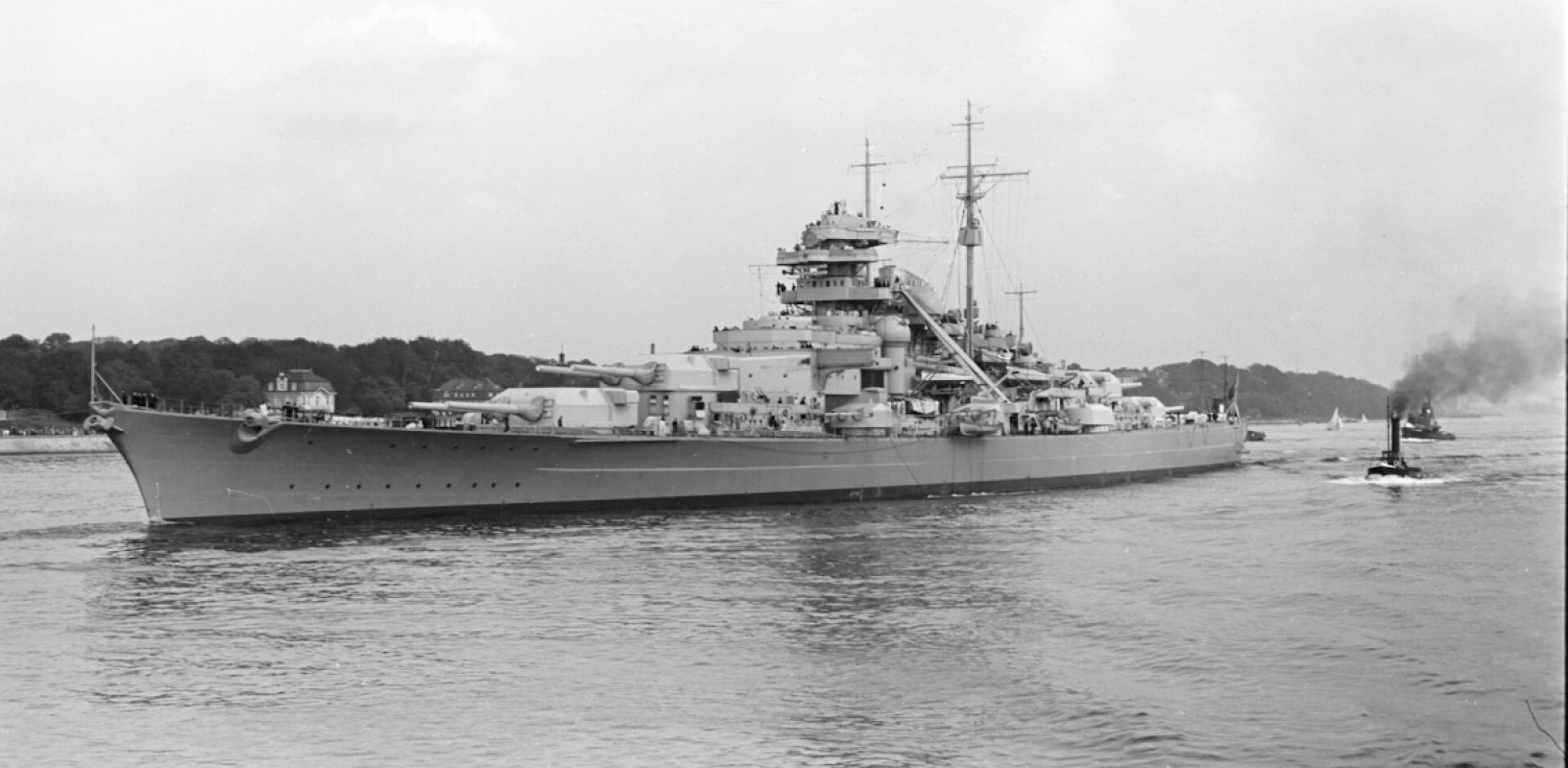



_1979.jpg/1280px-Port_bow_view_of_USS_Iwo_Jima_(LPH-2)_1979.jpg)













